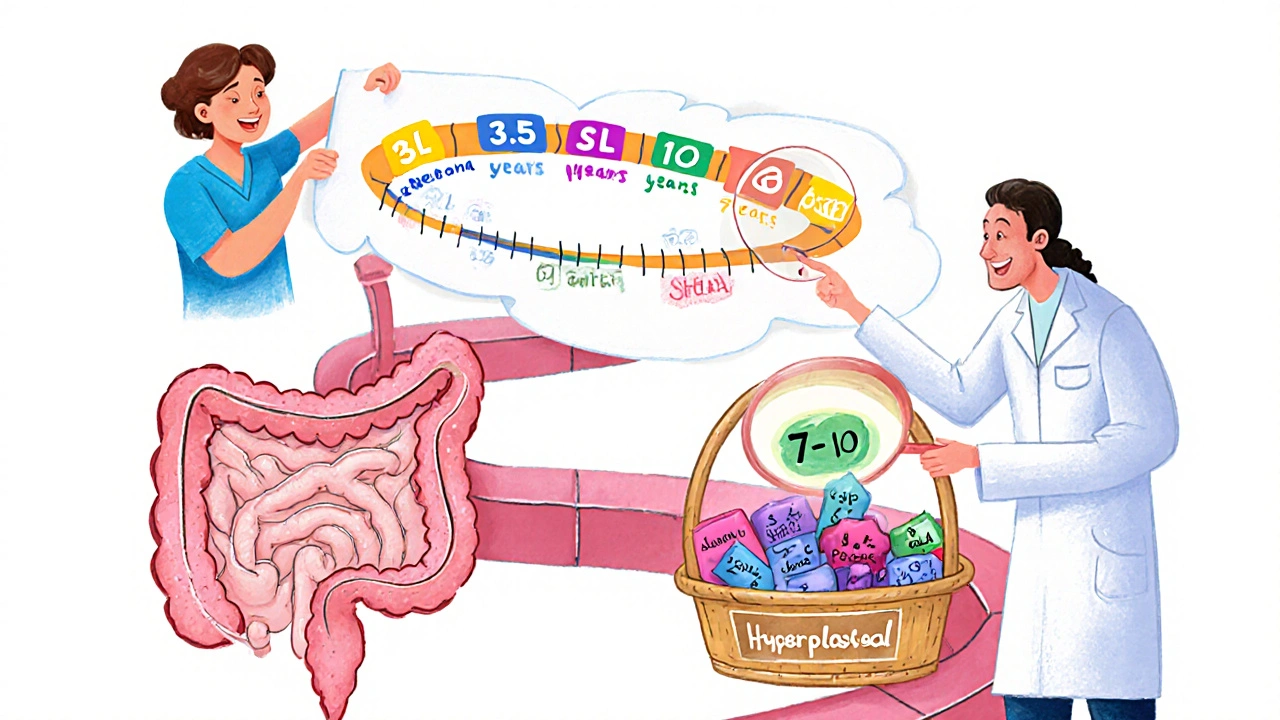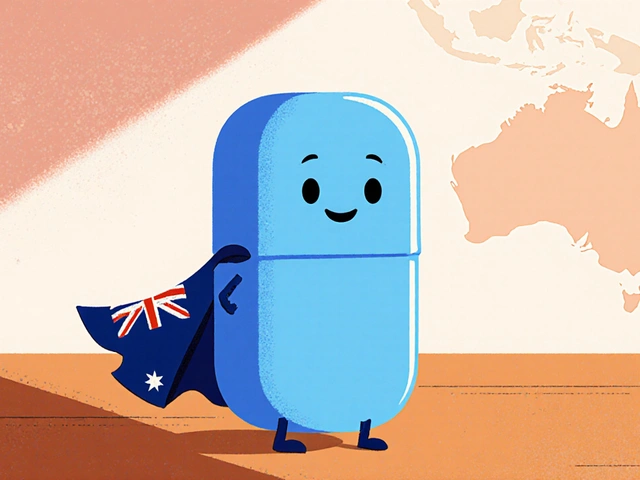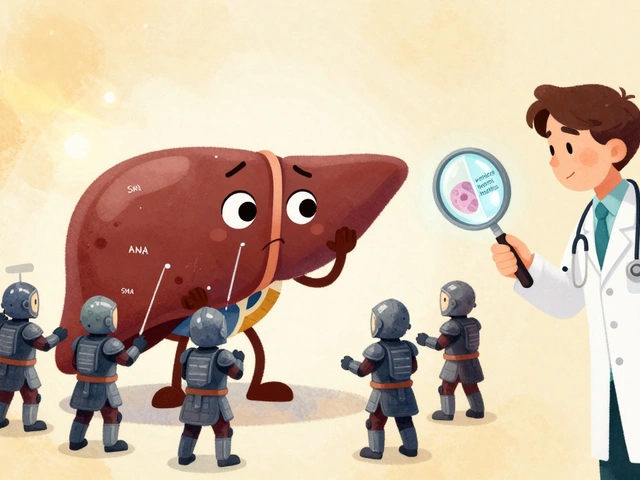
Polyp Removal Follow-Up: What You Need to Know After the Procedure
When you have a polyp removal follow-up, the scheduled check-up after removing abnormal growths from the colon or rectum to prevent cancer. Also known as surveillance colonoscopy, it's not just a routine visit—it's your best defense against colorectal cancer. Most polyps are harmless, but some turn cancerous over time. Removing them stops that process dead in its tracks. But removal isn’t the end. Without proper follow-up, you’re leaving the door open for new growths—and you might not even know they’re there.
How often you need a follow-up depends on what was found during your first procedure. If you had one or two small, low-risk polyps, you might only need another colonoscopy in five to ten years. But if you had three or more, or any were large (over 1 cm), or had precancerous cells, your doctor will want to see you sooner—maybe in three years, or even sooner. This isn’t guesswork. It’s based on decades of data from studies tracking thousands of patients. Skipping your follow-up because you feel fine is like ignoring a check engine light because the car still drives. The problem isn’t gone—it’s just hiding.
Your follow-up plan also depends on your age, family history, and overall health. Someone with a parent who had colon cancer might need closer monitoring than someone without that risk. And if you have inflammatory bowel disease, your schedule changes again. The key is knowing your numbers: how many polyps, how big they were, what type they were. Write them down. Ask for a copy of your pathology report. Don’t assume your doctor will remember every detail. You’re the one living with this, so you need to be the one keeping track.
Some people worry about the prep or the procedure itself. But the real risk isn’t the colonoscopy—it’s skipping it. The chance of developing colorectal cancer after polyp removal drops by up to 80% with timely follow-up. That’s not a small number. That’s life-changing. And if you’re worried about cost, discomfort, or time off work, there are options. Many clinics offer sedation-free colonoscopies now. Some insurance plans cover follow-ups at 100%. You’re not alone in this.
What you do between appointments matters too. Eating more fiber, cutting back on processed meats, staying active, and avoiding smoking all help lower your risk. But none of that replaces a colonoscopy. Nothing else can see what’s growing inside you. Your follow-up isn’t just a test—it’s a safety net. And if you’ve had polyps before, you’re in the group that needs that net the most.
Don’t wait for symptoms. Most early-stage polyps and even early cancers cause no pain, no bleeding, no changes in bowel habits. By the time you feel something, it might be too late. The only way to catch them early is through scheduled follow-up. And if you’ve had a polyp removed, you’ve already taken the first step. Now finish the job.
-
20 Nov







